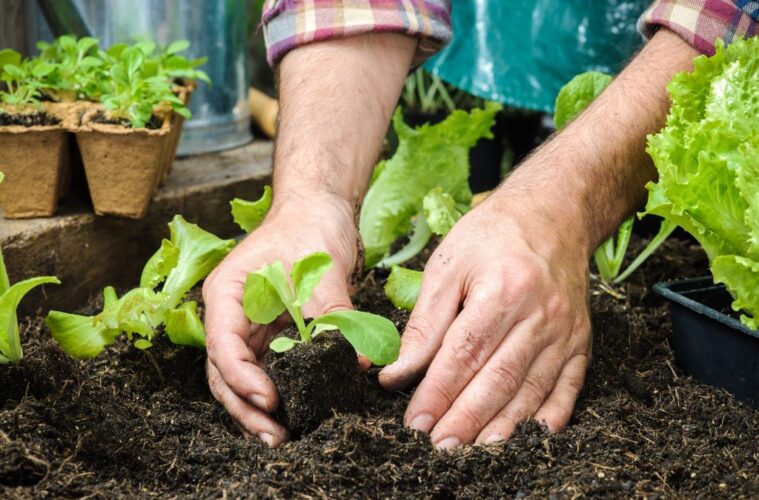If you’re new to gardening and love the idea of having a carefully curated array of herbs, flowers, and vegetables, there are a few steps to take to get the most out of your new growing area. While the process outlined in this article isn’t the be-all-end-all guide to creating a garden, it’s a great first start for beginners. So, get out your notepad and pen, take notes from the guide below, and get your green thumb to work!
Choose a Garden Spot
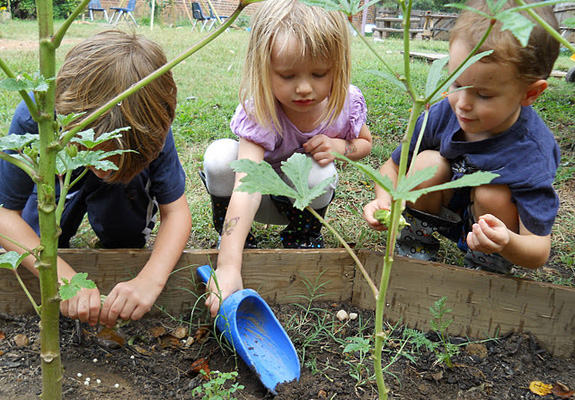
source: pinterest.com
As a new gardener, you must pick the best spot for your plants to thrive that is also convenient for you to tend. Taking care of plants requires dedication, so it’s important to choose a location that is always in view, so you don’t forget to water or weed regularly.
Also, ensure you understand the sun and temperature requirements for the plants you want to raise. For example, some might need partial shade, while others will only thrive in harsh sunlight. It’s also a good idea to make sure a water source is pretty close.
Of course, knowing which plants you want to raise in your new garden zone can make it easier to decide where you’ll raise them. The options are seemingly endless when it comes to choosing a type of flower, vegetable, or unusual ornamental. From its color and height to the type of flower and fruit it yields, there’s a lot to research before planting. Plus, you may not want to start from seeds that way you can enjoy the rewards of your labor sooner. Consider ordering your favorite garden plants from a nursery and greenhouse so you can enjoy a lush selection of greenery earlier in the growing season.
Consider Using Raised Beds
It may be tempting to just till up your own backyard and plant directly into the earth, but your region’s soil composition may need to be more favorable for growth. So instead, start with a small raised bed that sits on top of your land. This will let you control the type of soil used, ensure plenty of nutrients to feed your plants and keep some pests at bay. Plus, these structures are easy to assemble, so you can always start off with a 5′ x 10′ bed and construct additional beds later.
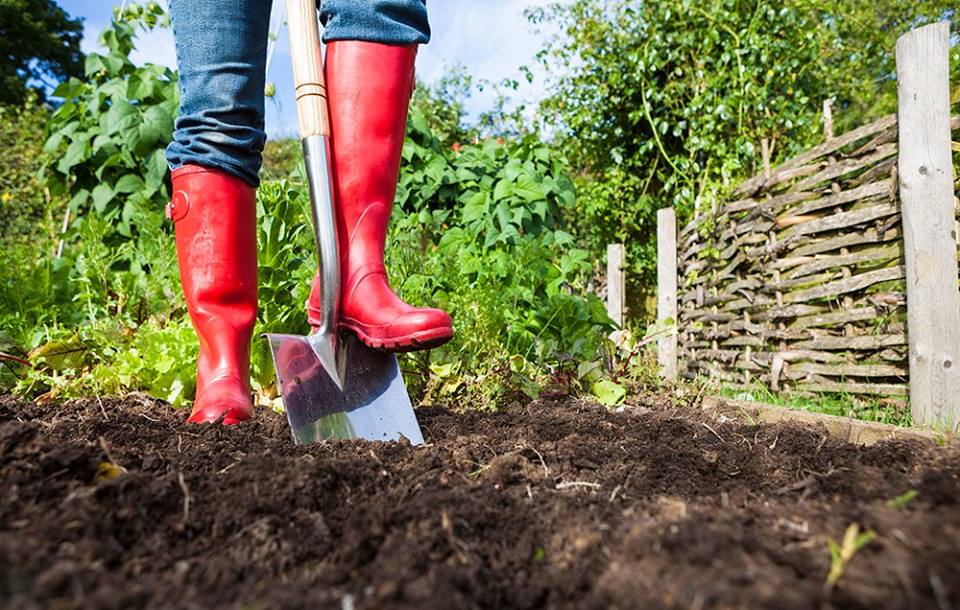
source: pinterest.com
Just make sure you can get to the middle of the bed easily, so plan the layout of the different crops you plan to raise to facilitate easy access.
Plastic kiddie pools, oversized pots, and even commercial truck tires make great raised bed options in tight yard spaces if raised beds aren’t an option.
Have an Irrigation Process and Schedule
You may imagine yourself going out each morning with a cup of coffee and a water hose in hand to tend to your plants’ hydration needs, but automatic sprinklers can be a blessing in disguise. Not only can you set up timers to irrigate during the best times of the day, but you can also add a splitter to install a second hose for manual watering needs.
Choosing Soil
This step focuses on the soil used in raised beds and other above-ground planter systems. Because you are using something other than existing soil, you can mix together the best nutrients to create a nutrient-rich environment for your plants. This step can be one of the more costly aspects of owning a garden, but the long-term benefit to your plants makes it worthwhile.
There are several elements that many gardeners rely on to create the perfect soil. For example, mix in some coconut fiber or peat moss to help retain moisture and lighten the soil’s density, allowing for better root growth and drainage. Compost is another nutrient-rich material that will feed your plants throughout the growing season. Finally, consider mixing in vermiculite to aerate the soil and hold onto crucial moisture during warmer weather.
Of course, you’ll need to figure out how much soil you’ll need, and this amount is based on the total volume of your garden bed. For example, if you have a 5 x 5 bed that has a 1-foot depth, you would need 25 cubic feet of soil (5 x 5 x 1).
Know Your Grow Zone
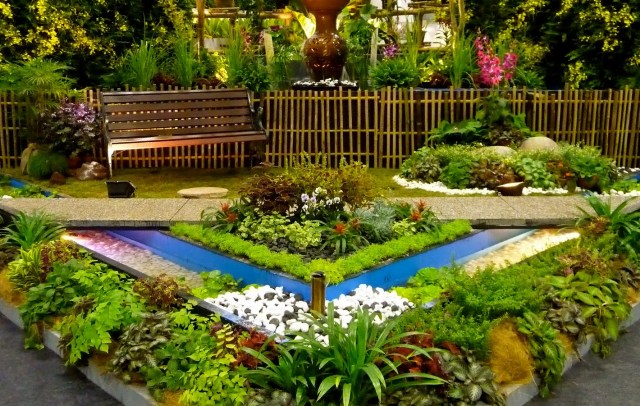
source: pinterest.com
Did you know that certain plants will have specific times of the year that are ideal for planting? And that this timing is also impacted by what region you live in? The United States Department of Agriculture has a handy guide that shares this information. Be sure to double-check it before conducting any planting. This will ensure maximum rooting and growth, which affects harvest yields at the end of the season.
Invest in Plants You’ll Enjoy
Why would you plant them in your garden if you don’t like carrots? Just because a classic herb bed has cilantro doesn’t mean you should grow it just because of tradition. Only spend your time and energy on plants that will serve your purposes. If you want a flower garden full of blossoms and butterflies, purchase ornamental trees and bushes that attract these creatures.
Also, consider how often you can tend to your new garden. Planters with a busy career should consider plants that are hardy and drought-resistant. Only buy high-maintenance flowers and vegetables if you have the time to care for them.
Take Time in Your Garden Daily
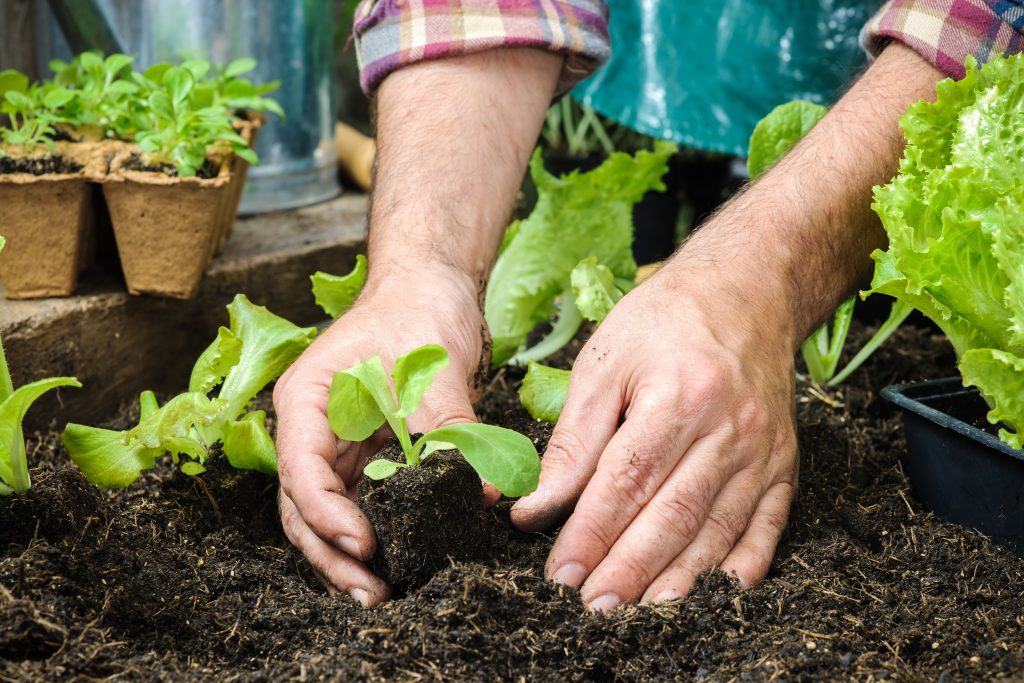
source: pinterest.com
Gardens are vulnerable to various elements and also surprise their caretakers with sudden new growth overnight. So, every day, take a walk through your garden patch and observe any signs of pests (holes in plant leaves, for example). During this stroll, take in the amazing nature of your plants and how fast they develop and ripen.
Keeping ahead of a particularly heavy yield can ensure you mitigate waste and help the plant keep up with the demand it’s supporting. Fruits and vegetables can easily become over plentiful, so don’t hesitate to pull a few green tomatoes off the vine to allow others to grow larger.
Harvesting
In addition to selective early pruning, as mentioned in Step 7 of this guide, also harvest frequently. This will keep your plants producing well into the later part of the growing season. If you’re overwhelmed with tomatoes and herbs, look up new preservation recipes or start handing out your bounty to family, friends, and neighbors. Gardens are a wonderful way of supporting your local community, so there’s no need to let it all go to waste.
The Takeaway
Starting a garden for the first time can be intimidating when you have many elements to consider. Planning and research can go a long way in quickly getting the ropes of the growing process. However, with the right tools on hand and a thoughtful plant layout, establishing a backyard growing spot is straightforward and rewarding for enthusiasts.

